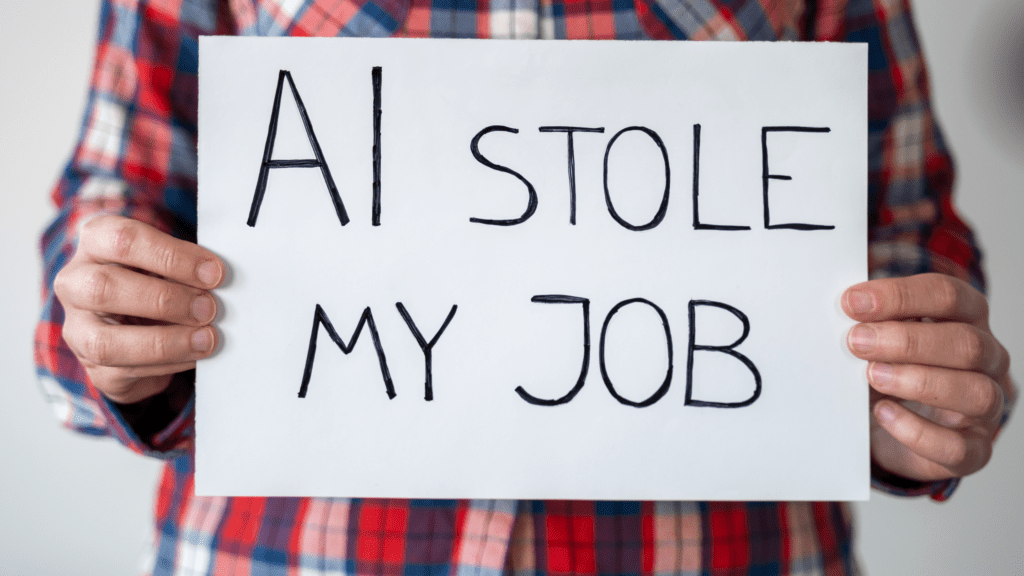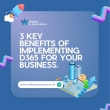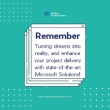As you navigate the AI revolution, you’re likely wondering how to prepare your employees for the future of work. The reality is, AI is transforming industries at a rapid pace, and it’s crucial to upskill your workforce to stay ahead. By embracing AI-driven collaboration and fostering a culture of continuous learning, you’ll not only boost productivity but also guarantee resilience against job displacement. But here’s the thing: simply adopting AI isn’t enough. You need to strategically invest in training programs that enhance digital literacy and adaptability. So, what does this mean for your business, and where do you start?
Key Takeaways
- Promote Human-AI Collaboration: Emphasize transparency, inclusivity, and ongoing education to enhance productivity and mitigate resistance to AI-driven change.
- Upskill and Reskill: Invest in continuous learning cultures and training programs to bridge the emerging skills gap and AI-related technologies.
- Foster a Culture of Learning: Implement knowledge sharing and mentorship programs to support employees navigate new skills and challenges.
- Develop Adaptability Strategies: Focus on building workforce resilience by defining AI-enhanced career pathways.
- Leverage AI for Augmentation: Use AI tools to automate routine tasks, simplify data analysis, and inform decision-making, thereby enhancing strategic planning.
Embracing AI-Driven Change
Frequently, when the topic of artificial intelligence (AI) arises in the context of job displacement, it’s met with fear and apprehension. However, embracing AI-driven change can actually lead to enhanced workforce collaboration and efficiency. By implementing AI adoption strategies, organizations can foster an environment where AI complements human capabilities rather than replacing them.
To achieve this, companies can leverage tailored IT solutions that enhance data-driven decision-making processes, ultimately supporting a seamless shift towards AI integration tailored IT solutions.
To successfully integrate AI, it’s essential to promote transparency, inclusivity, and ongoing education. This involves explaining the rationale behind AI adoption, providing training on AI tools, and encouraging open dialogue to address concerns and questions.
By doing so, you can build a culture of continuous learning and growth, where employees feel empowered to work alongside AI systems.
Effective AI adoption strategies also emphasize the importance of human-AI collaboration. By highlighting the unique strengths of both humans and machines, you can create a cohesive work environment that leverages AI for data-intensive tasks while valuing human judgment, creativity, and empathy.
This collaborative approach not only enhances productivity but also helps mitigate resistance to change. By embracing AI-driven change, you can pave the way for a future-proof workforce.
Upskilling for a New Era
We’re on the cusp of a new era in the workplace, where embracing AI-driven change requires more than technology integration. It demands a skilled and adaptable workforce.
To thrive in this evolving landscape, organizations must also consider innovative Retail & Leisure Solutions that cater to the unique challenges of their industry. The rapid advancement of digital transformation and the shift towards hybrid work models necessitate significant investments in upskilling and reskilling.
With up to 30% of jobs in the US potentially being automated by 2030 and approximately 97 million new roles expected to emerge, the need to enhance and transform the workforce’s skill set is pressing.
Upskilling is about enhancing the existing skill sets of employees to help them advance in their current roles. This involves developing digital literacy and embracing adaptive learning strategies to guarantee workers remain relevant in a rapidly changing work environment.
By fostering a culture of continuous learning, organizations can build a resilient workforce. It’s essential to understand that upskilling isn’t a one-off task but a continuous process aimed at bridging the skills gap and guarantee long-term success.
Investing in upskilling efforts now can help future-proof your workforce and maintain competitiveness in an increasingly automated world.
Creating a Culture of Learning
With upskilling efforts in place, your next step is to embed a culture of learning that supports continuous skill development. This involves fostering learning environments where employees feel encouraged to learn and grow.
Key components include knowledge sharing, where employees are motivated to share their expertise and continuous feedback. It helps identify areas for improvement. Implementing these practices can lead to enhanced productivity through performance data visualization, a significant asset for organizational growth data visualization tools.
Collaborative training programs are also essential, as they allow employees to learn from each other and build on collective strengths.
Adaptive resources, such as online learning platforms, can provide employees with the flexibility to learn at their own pace. Additionally, mentorship programs can offer employees guidance and support, helping them navigate new skills and challenges.
Navigating AI-Driven Job Evolution
As artificial intelligence (AI) transforms the workplace, it’s important that you prepare your employees to navigate the resulting job evolution. Job displacement is a significant concern, with AI potentially automating certain roles. However, AI also creates new opportunities for job creation and transformation, emphasizing the need for ethical considerations in AI integration.
To build workforce resilience, you should focus on developing adaptability strategies that foster collaboration dynamics between humans and AI systems. Encourage continuous learning and upskilling in AI-related technologies to enhance job relevance and competitiveness. Integrating technology in a way that complements human capabilities is essential, rather than simply replacing them.
Research indicates that AI will reshape job roles, demanding new skills in areas such as AI ethics, cybersecurity, and human-AI collaboration. Consequently, it’s important to define AI-enhanced career pathways and educate employees on AI skills and ethical considerations.
Unlocking AI’s Productivity Potential
Releasing AI’s productivity potential requires a strategic approach that focuses on leveraging its capabilities to augment human skills and enhance job efficiency. By integrating AI tools into your workflow, you can reveal a range of automation benefits that simplify data analysis, task optimization, and collaboration enhancements.
AI can greatly boost workflow efficiency by automating routine tasks, identifying patterns, and extracting insights from large datasets. This can be used to inform decision support and strategic planning. Additionally, AI tools can facilitate task optimization by streamlining processes, reducing errors, and freeing up human resources to focus on more strategic tasks.
To reveal AI’s productivity potential, it’s essential to understand how AI can accelerate innovation and decision-making. This includes leveraging AI-driven predictive models to forecast trends and identify potential risks.























